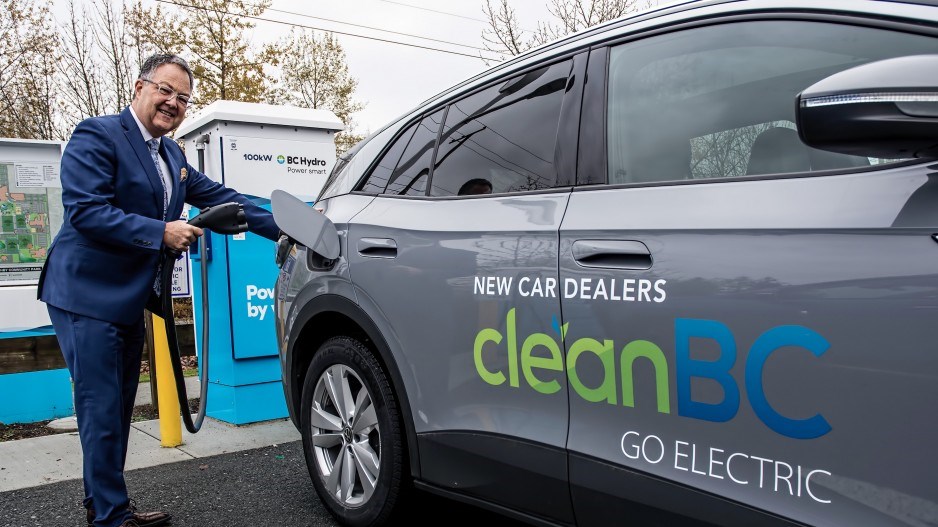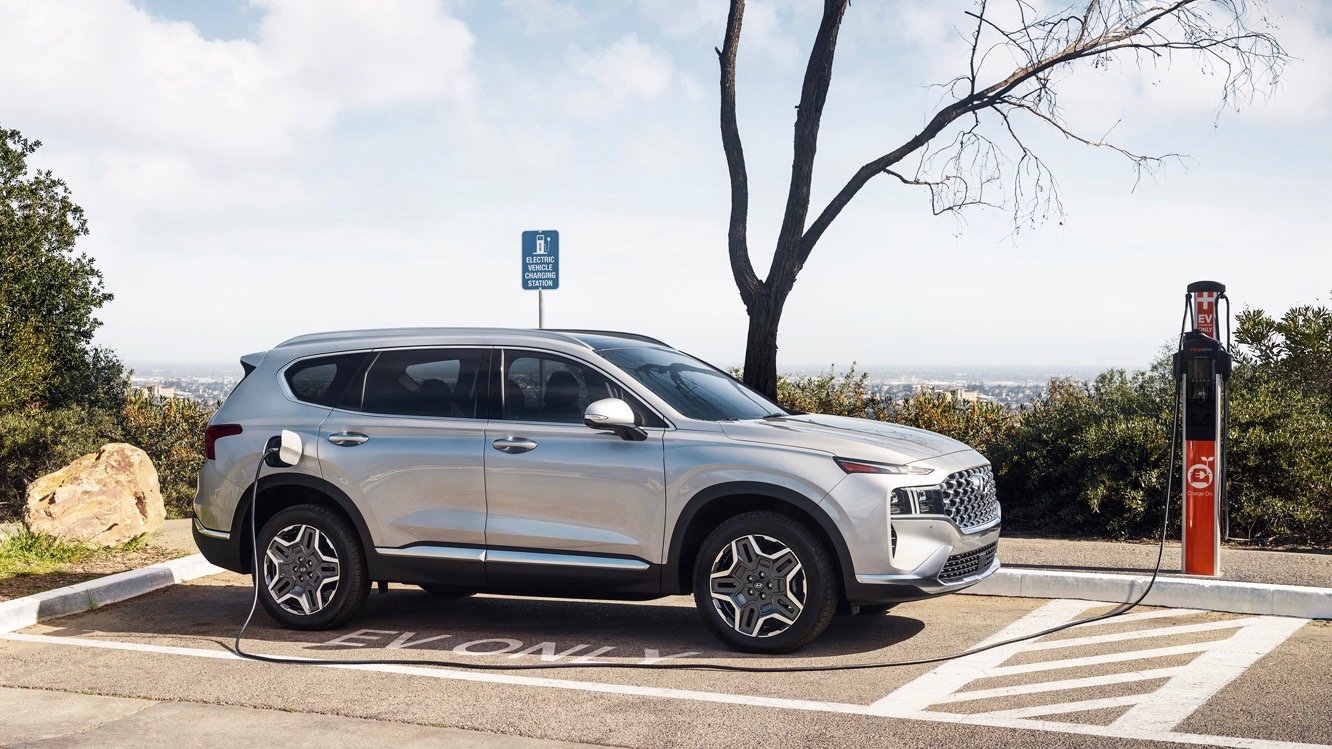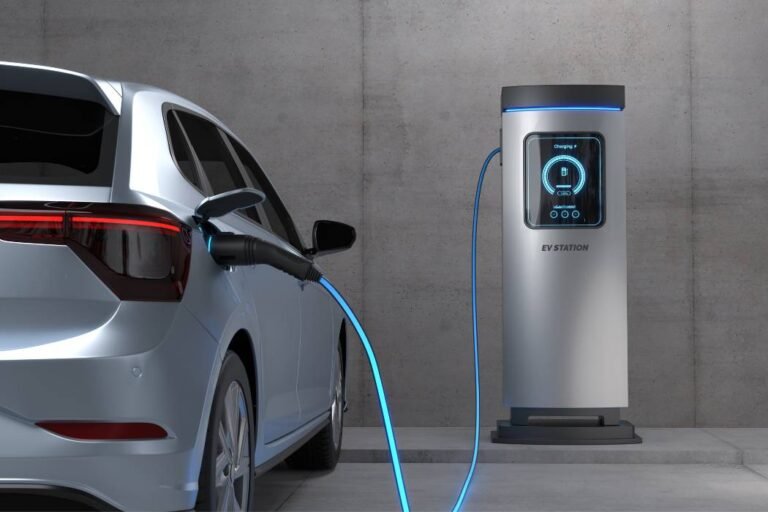British Columbia’s electric vehicle (EV) adoption rate, despite its historically strong performance, faces significant challenges in 2025. The combination of discontinued rebates and infrastructure limitations now threatens to slow the province’s transition to electric vehicles.
$5,000 Federal Rebate for EVs Discontinued: A Major Setback
The discontinuation of the $5,000 Federal Rebate marks a significant turning point in BC’s electric vehicle landscape. This change creates new challenges for potential buyers and will likely impact those considering popular EV models like Tesla vehicles, the Hyundai IONIQ 5, Kia EV6, Volkswagen ID.4, and Nissan Ariya.
The province has shown remarkable progress in EV adoption, with sales reaching 23% of new vehicle purchases in 2023. However, the current situation represents a dramatic shift in market dynamics.
The federal iZEV program’s termination, which helped over 300,000 Canadians transition to zero-emission vehicles through financial support, has created uncertainty in the market, causing many prospective buyers to reconsider their purchase decisions.

BC Provincial Rebate Program: Current State
The provincial CleanBC Go Electric program continues to provide rebates of up to $4,000 for eligible vehicles under $75,000 MSRP. However, the program now bases eligibility on household income, meaning not all applicants will qualify for the maximum amount.
In January 2024, the program introduced income-based changes, implementing a tiered rebate system. This new structure provides varying levels of financial support based on household income, creating a more equitable distribution of EV incentives.
Key changes to the CleanBC Go Electric Program include:
- New income-based eligibility tiers determining rebate amounts
- $4,000 maximum rebate restricted to lower-income households
- Vehicle price cap of $75,000 MSRP remains unchanged
- Updated income verification requirements
These changes focus on supporting lower and middle-income families while keeping EV incentives broadly accessible.
Electric Charging Infrastructure: A Growing Concern
According to BC Hydro’s infrastructure assessment, the province’s charging network faces unprecedented strain, with peak-hour wait times reaching 30 minutes at popular locations. The data shows charging station utilization rates have increased by 45% since 2023, creating significant challenges in both urban centers and high-traffic corridors.
The situation is particularly critical in rural areas, where PlugShare data indicates charging stations are approximately 75 kilometers apart, exceeding the recommended 50-kilometer maximum spacing. BCAA reports indicate that about 15% of public charging stations experience regular downtime due to technical issues or maintenance requirements, further complicating the infrastructure challenge.
To address these issues, the BC government has announced a significant expansion of charging infrastructure over the next five years. However, experts from the EV Charge Contractors Association suggest that current installation rates may need to triple to adequately serve the growing EV population, particularly in regions outside major metropolitan areas.

Alternative Options: Hybrid and Gas Vehicles
As EV adoption faces challenges, some consumers are exploring other vehicle types. CAA’s analysis highlights key advantages of hybrid and conventional vehicles:
Hybrid Vehicle Benefits:
- Infrastructure Independence: Minimal reliance on public charging networks
- Cost Stability: Immunity to charging infrastructure issues and rebate changes
- Flexibility: Reliable performance across all weather conditions and locations
Conventional Vehicle Considerations:
- Initial Cost: Lower purchase price without depending on government incentives
- Proven Technology: Established maintenance and service networks
- Refueling Convenience: Wide availability of gas stations throughout BC

Looking Forward: BC Electric Vehicle Market Outlook
British Columbia continues to lead Canada’s EV adoption, with electric vehicles representing 23% of new vehicle sales in 2023. However, industry experts warn that this growth trajectory faces significant challenges without immediate action in two areas: the charging infrastructure deficit and the need for new incentive programs to replace discontinued federal rebates.
To maintain this momentum, the province must make substantial investments in charging infrastructure while developing new incentive strategies. BC’s success in reaching its zero-emission vehicle targets hinges on how quickly and effectively it addresses these challenges.

